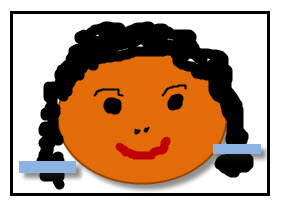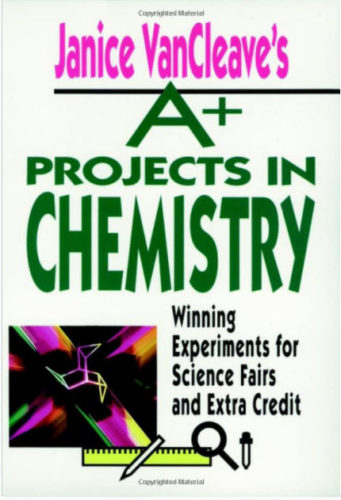Have you ever used art to teach chemistry?
I have!
In fact once I used special paper that changed color with changes in the humidity (amount of moisture in the air.) The paper was blue when the air was dry and pink when the humidity increased due to an increase in the moisture in the air.
My students thought they were doing something silly by designing pictures and taping on blue paper strips. The paper was used as accents –for hair, fringe on clothes, plant stems and even overlapped for clouds. I must admit that the pictures looked a little out of place taped to the wall of a high school chemistry class.
I told the class that we’d discuss the pictures later, and then we were on to doing something else. My guess is that the kids thought I was having a senior moment and they humored me by making the “elementary” art. Of course I made crayons available and most used them to make their pictures more creative.
It took a few days, but when the humidity changed so did the color of the paper strips on the student art work. At first the color change was so slight that it actually looked like the paper strips were fading. No particular attention was paid to this change and I never said a word about it.
When the color change was more obvious one of the students noticed it and it was a domino effect. Everyone started looking at the picture they had made. So now they wanted to know what was up with the paper strips.
At first kids thought I had sprayed the paper with something to make it change colors. NOPE!!! Guess again.
WoW! Were they actually giving hypothesis on their own? YEA!
When they gave up–or actually guessed that the paper strips had something to do with changes in the weather—it was time to explain just why the paper strips changed color.
Perfect timing–I was ready to discuss chemical hydrates. Not only were the kids ready to listen, they could relate the information to a personal experience.
For details, see CHEMISTRY:HYDRATES
(paid link)

